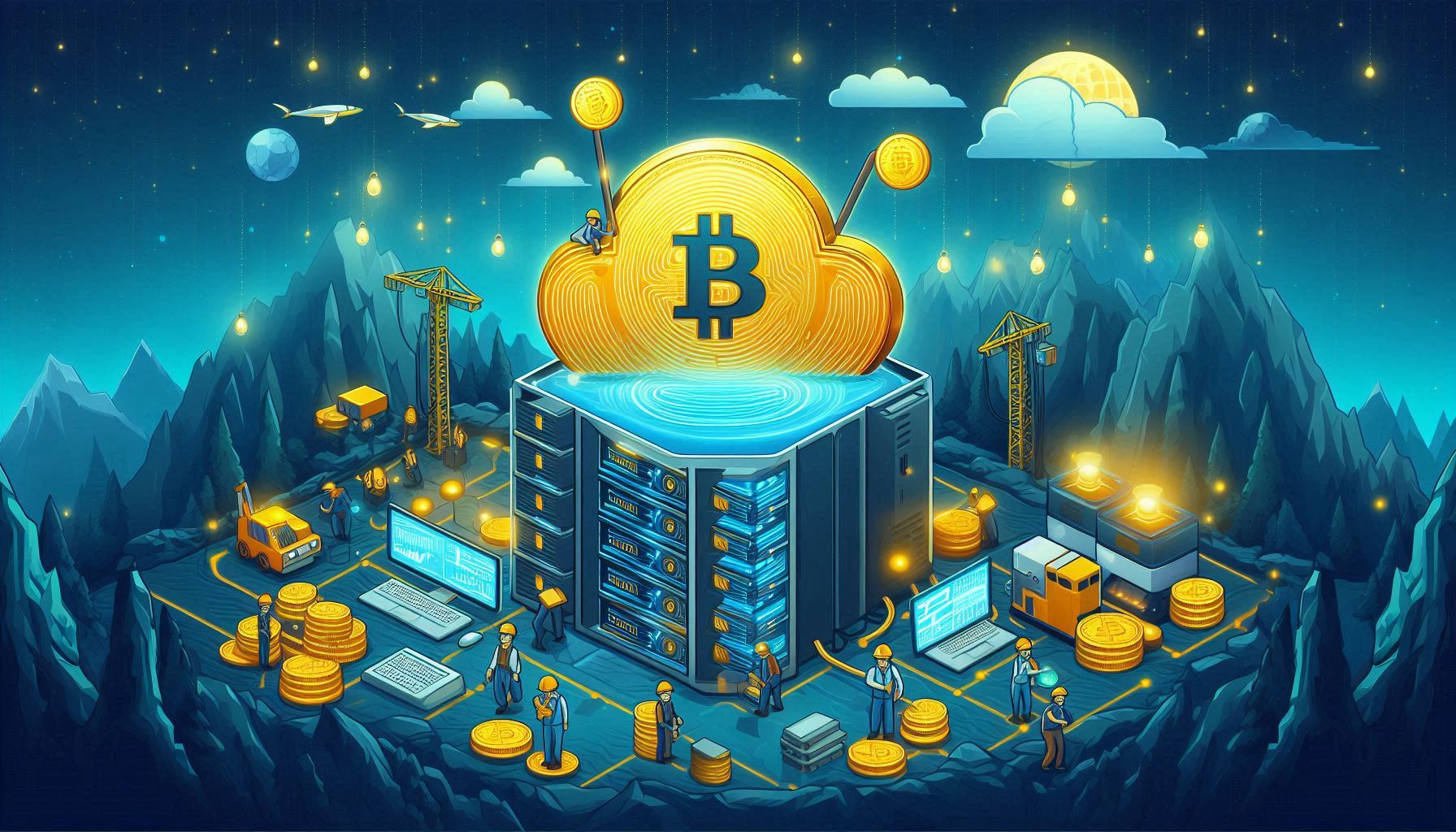What is Mining Pool
A mining pool is a collaborative group of cryptocurrency miners who combine their computational resources to boost their odds of successfully mining a block and earning rewards. Instead of mining alone (solo mining), which has become increasingly unviable due to enormous competition and difficulty, miners join a pool to receive more regular, predictable rewards—split according to how much work each member contributes.
Why and When Did Mining Pools Emerge?
Mining pools were created as a direct response to the growing difficulty and competition in cryptocurrency mining. In the early days of Bitcoin, anyone could mine with a home computer and expect to find occasional blocks and rewards. As Bitcoin and other cryptocurrencies grew, the network difficulty skyrocketed, necessitating massive computational power and specialized hardware (ASICs).

What is Mining Pool
This trend meant a solo miner could wait years—or indefinitely—before mining even a single block. To solve this, the idea of merging resources was introduced: miners would pool their power, work on solving blocks together, then split the reward proportionally to their contributed hashpower.
-
The first mining pool in history was Slush Pool, launched in November 2010 out of the Czech Republic. Its founder, known as Slush, wanted to restore a fair opportunity for average miners.
-
As of 2025, virtually all individual and institutional miners join pools for steady cashflow and to remain competitive.
How Does a Mining Pool Work?
-
Miners around the world connect their mining devices (ASICs or GPUs) to the pool’s server.
-
The pool assigns small “work units” to each participant, who then attempt to solve these cryptographic puzzles.
-
When a valid block is found, the entire reward goes to the pool, and is distributed to members based on their “shares” (contribution to the pool’s combined effort).
-
Various payout methods exist: PPS (Pay-Per-Share), FPPS (Full Pay-Per-Share), PPLNS (Pay-Per-Last-N-Shares), each determining how and when miners get paid for their contributions.
Key benefits:
-
Far more predictable and frequent payouts vs. solo mining.
-
Accessible for smaller miners unable to compete with industrial-scale operations.
-
Reduces income risk and downtime impacts, provides institutional stability.
The Most Famous and Largest Mining Pools
With Bitcoin and many altcoins now mined almost exclusively in pools, several have risen to global prominence:

What is Mining Pool
1. Foundry USA Pool
-
Hashrate: ~277–280 EH/s, about one-third of the Bitcoin network.
-
Region: United States, operated by Digital Currency Group (DCG).
-
Why it’s big: Compliance-first approach, strong institutional backing, and deep integration with North American miners. Uses FPPS payouts, offers tools for both retail and professional miners.
2. AntPool
-
Hashrate: ~146–178 EH/s.
-
Region: Global (parent company Bitmain is based in China).
-
Why it’s big: Tightly integrated with Bitmain’s ASIC ecosystem. PPS+ payouts and strong infrastructure for both Chinese and global miners. Major innovator in mining tech and services.
3. ViaBTC
-
Hashrate: ~114–120 EH/s.
-
Region: Global, Hong Kong-based.
-
Why it’s notable: Known for technical transparency, multiple coin support, and diverse payout schemes (PPS+, PPLNS). Has a strong reputation in both East Asia and international markets.
4. F2Pool
-
Hashrate: ~77–103 EH/s (highly variable).
-
Region: Early China origin; now truly global.
-
Features: One of the oldest pools, supports many coins (BTC, ETH before the Merge, LTC, and altcoins). Pioneered numerous payout mechanisms.
5. Luxor Pool
-
Hashrate: ~24–44 EH/s.
-
Region: US-based, focused on North American miners.
-
Standouts: Innovator in enterprise products: custom firmware (LuxOS), hashrate derivatives, MEV capture. Gaining popularity among both institutional and advanced miners.
6. Binance Pool
-
Hashrate: ~54–68 EH/s.
-
Region: Global; a part of the Binance exchange.
-
Why it matters: Leverages Binance’s huge user base to provide integrated mining-trading solutions. FPPS payouts, focuses on synergy with the Binance ecosystem.
7. Braiins Pool (formerly Slush Pool)
-
Hashrate: ~13–14 EH/s.
-
Region: Czech Republic (founded as Slush Pool in 2010).
-
Significance: The original pool, famous for inventing pooled mining. Now offers open-source firmware and robust monitoring tools.
8. EMCD Pool & Ocean Pool
-
Smaller but fast-growing pools focused on features, global reach, and transparent management.
Mining pools revolutionized crypto mining by leveling the playing field for small and medium miners, smoothing out rewards and making mining accessible beyond industrial-scale operations. Today, the mining pool landscape—dominated by giants like Foundry USA, AntPool, and ViaBTC—reflects a balance of regional, technical, and strategic power in the Bitcoin network. Without mining pools, profitable mining would be nearly impossible for all but the very largest players.

